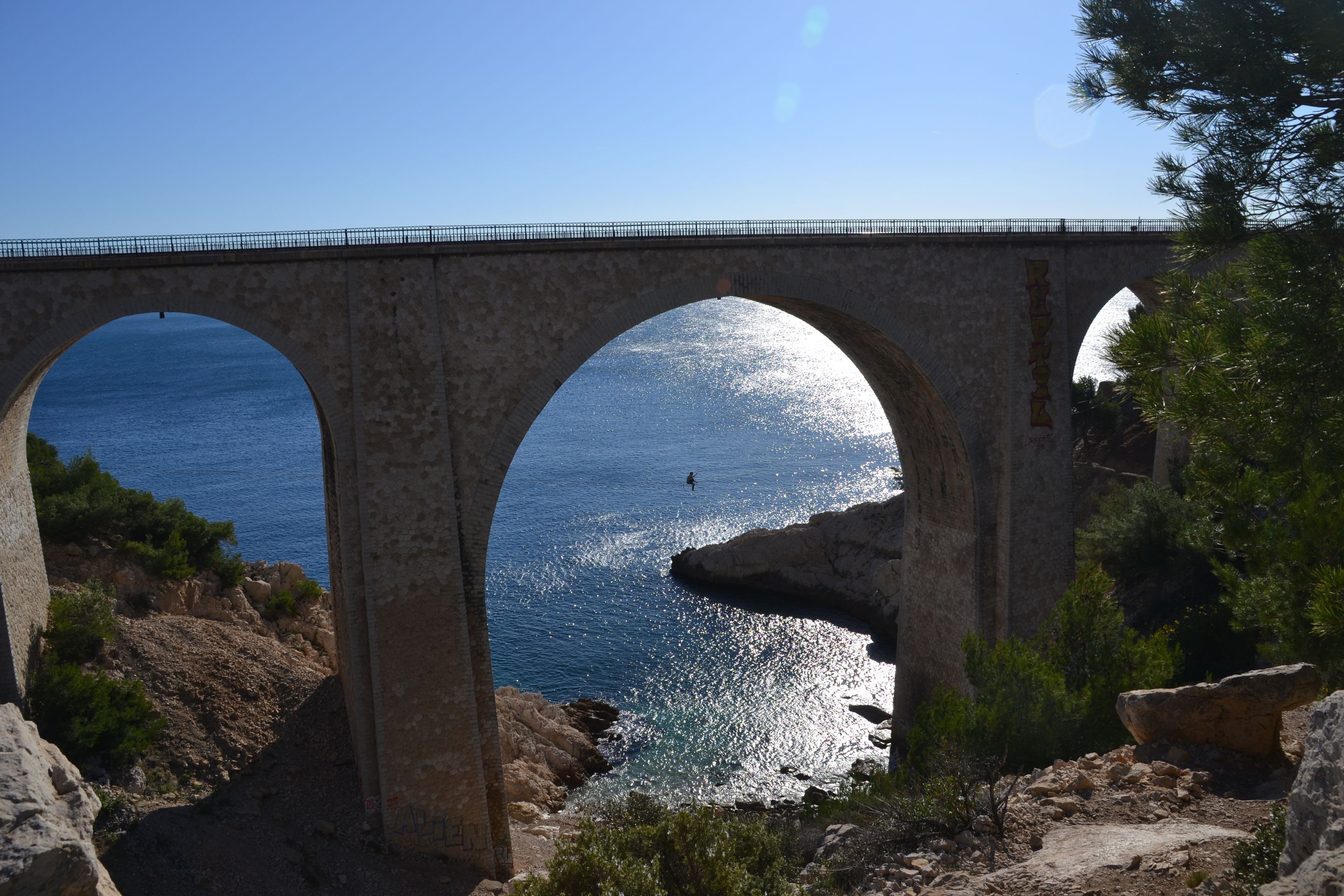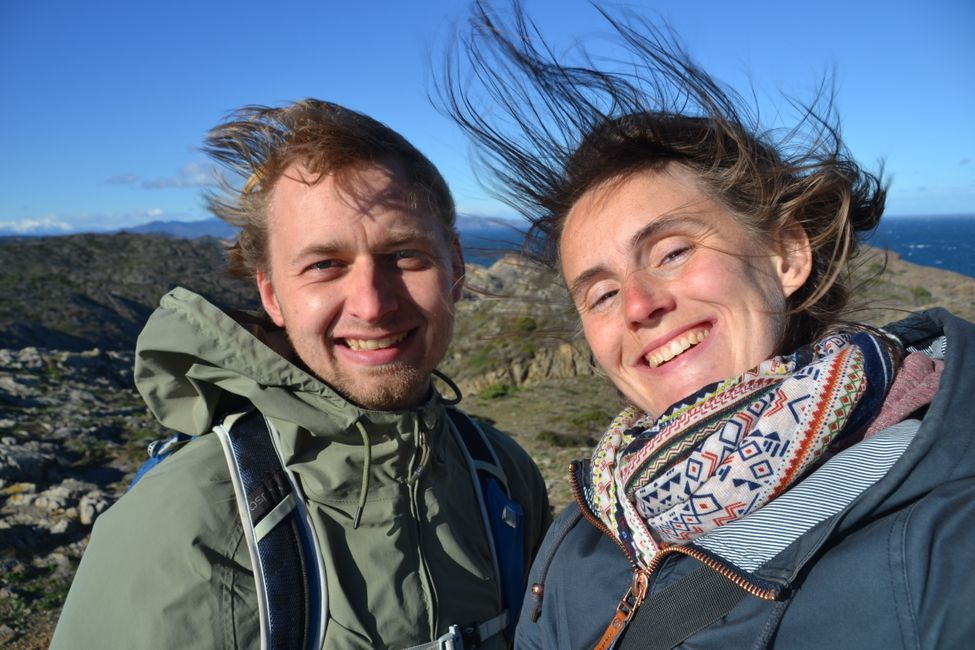#122 Un profesor de historia comunista y un cantante tradicional
Publicado: 15.05.2022
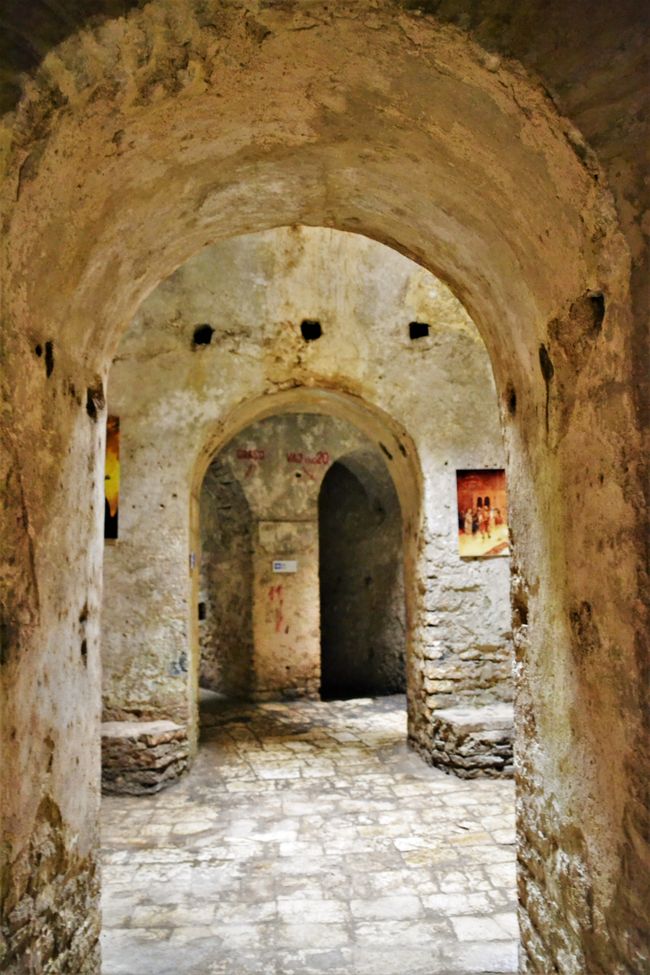
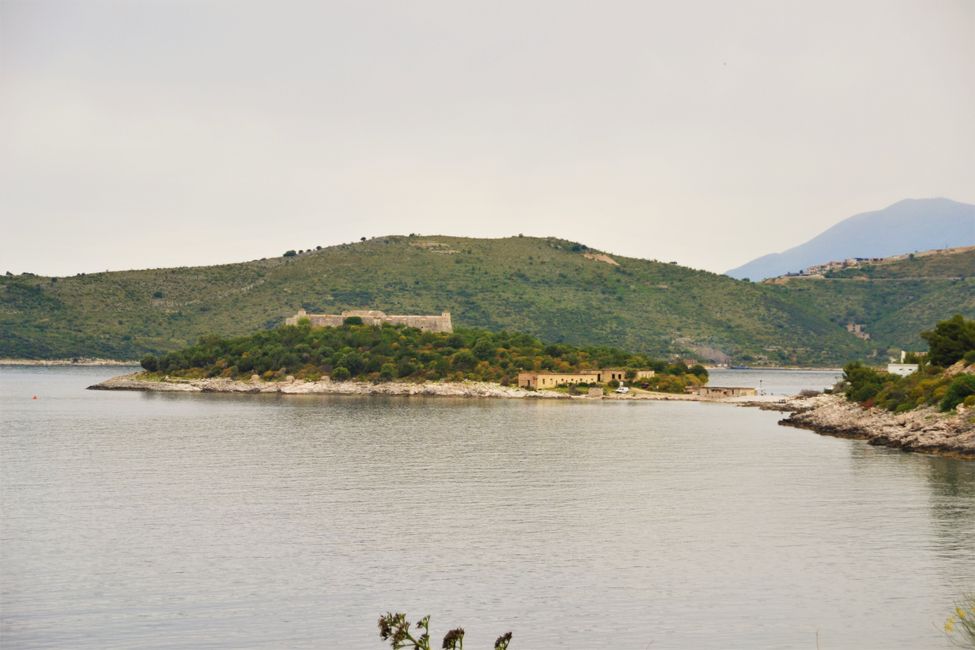
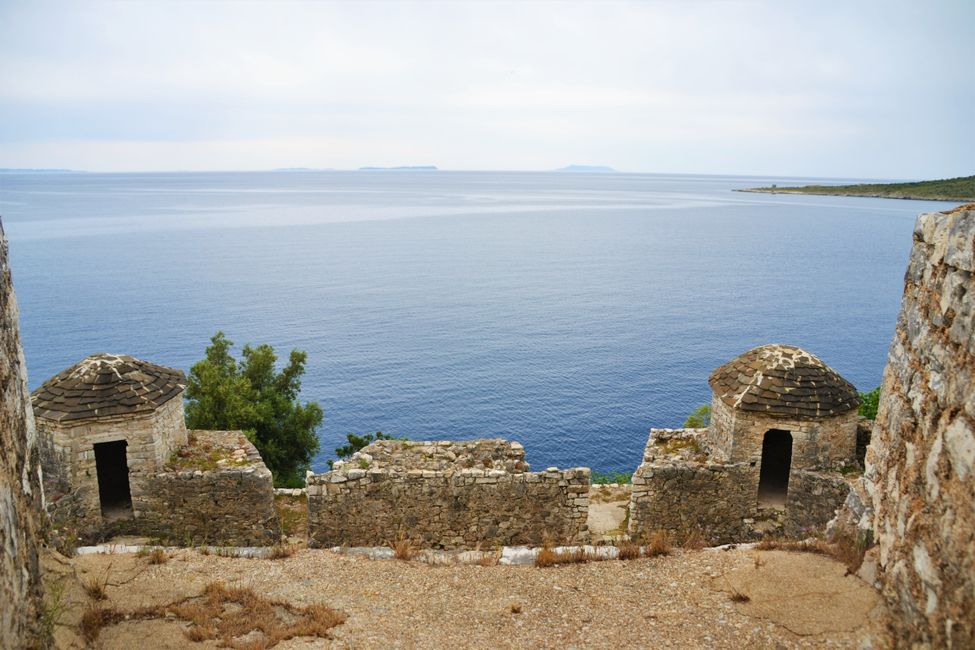
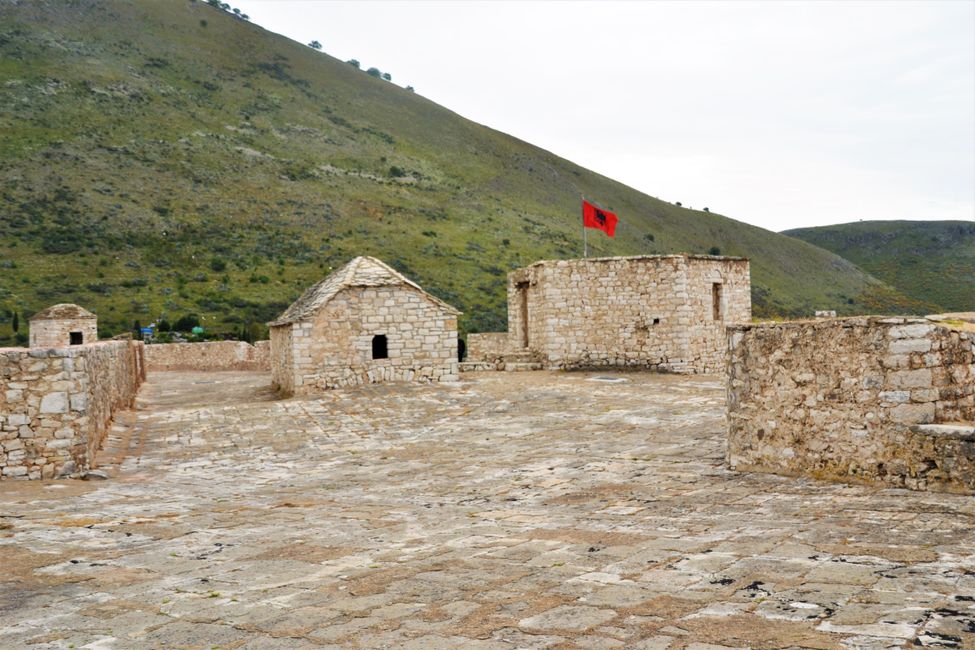
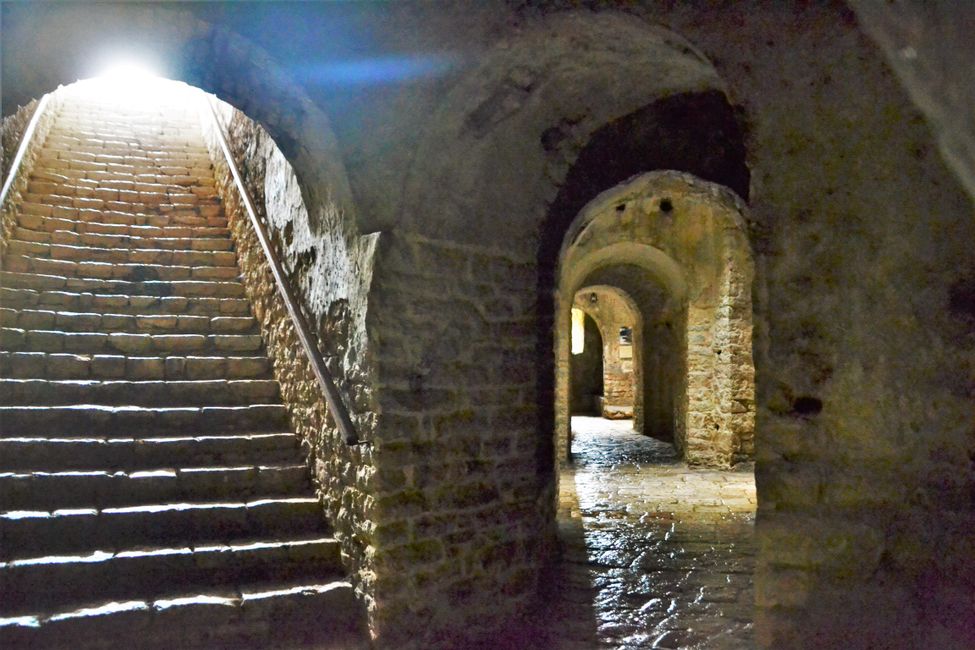
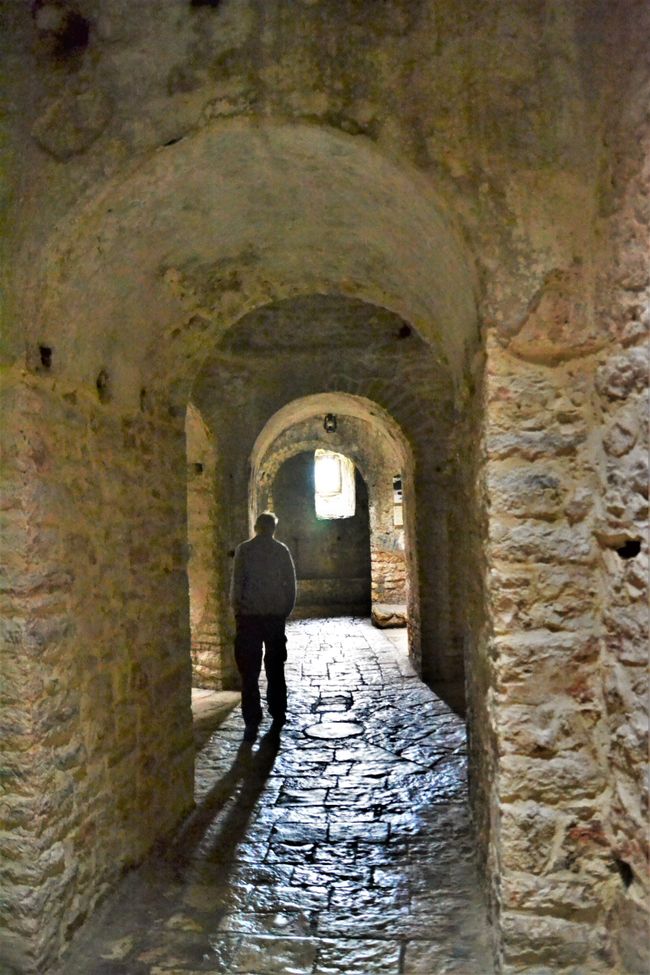
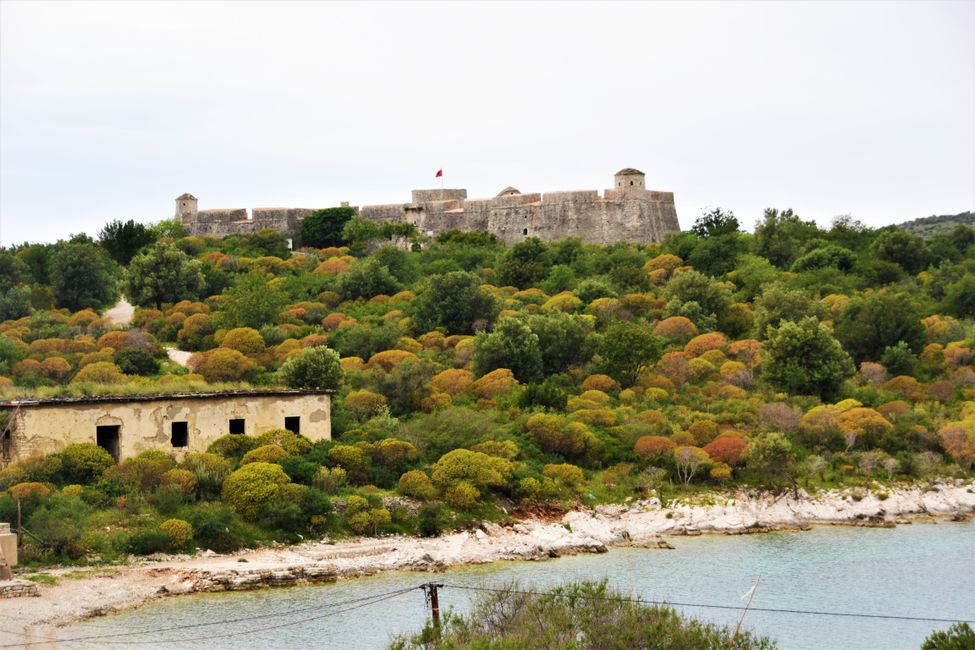
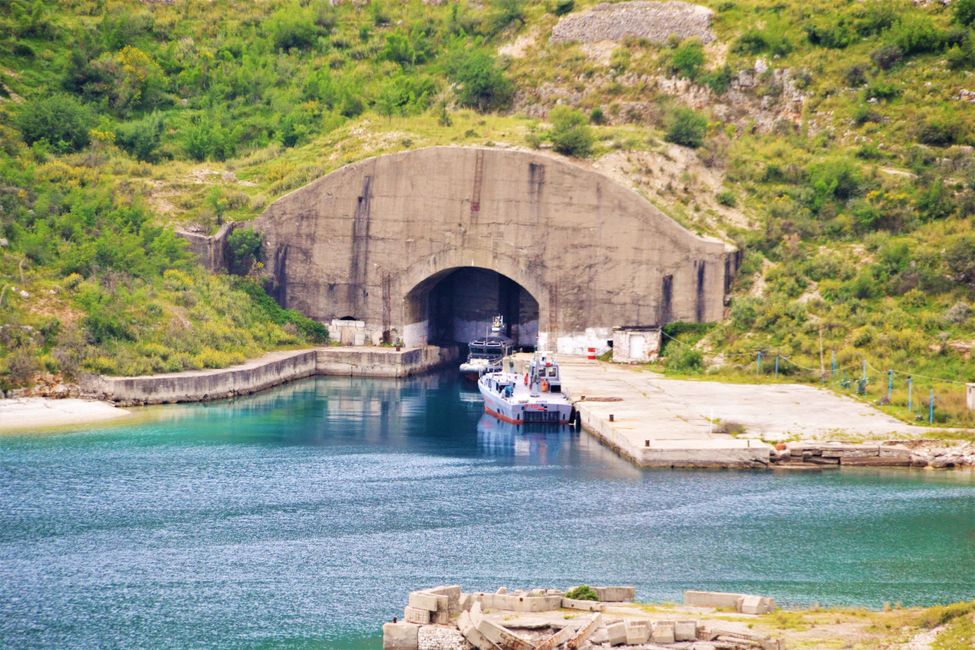
Suscríbete al boletín
06 de mayo de 2022: Castillo de Porto Palermo
J. En realidad, no queríamos entrar en el castillo de Porto Palermo. Solo queríamos dar una vuelta alrededor del castillo en la península donde se encuentra, pero la maleza se volvió demasiado densa y luego comenzó a llover, así que decidimos pagar los 300 lek (2,40€) y entrar al castillo. Definitivamente valió la pena.


Tuve una corta conversación con el vendedor de boletos, quien nos mostró fotos de su familia, su casa y su grupo de canto. Él es parte de un grupo de canto tradicional de cuatro generaciones, que consta de 7 personas y que realiza giras por toda Europa; canta la voz superior. Después de mostrarnos un video de YouTube de una de sus actuaciones y una grabación del grupo de su abuelo, que en ese momento contaba con cuatro miembros, nos dio un pequeño concierto en solitario en la cúpula central del castillo. Fue indescriptiblemente hermoso. Estuve especialmente conmovido por la pasión con la que el vendedor de boletos nos cantó.
(Enlace a la actuación: https://www.youtube.com/watch?v=lNq33DILHTA)
Después de verificar en la taquilla que no venían más visitantes, el vendedor de boletos nos habló de Ali Pascha. De hecho, el vendedor de boletos no solo es un cantante tradicional, sino que también fue profesor de historia durante la época comunista. En algunas guías turísticas, este castillo también se llama
Suscríbete al boletín
Respuesta
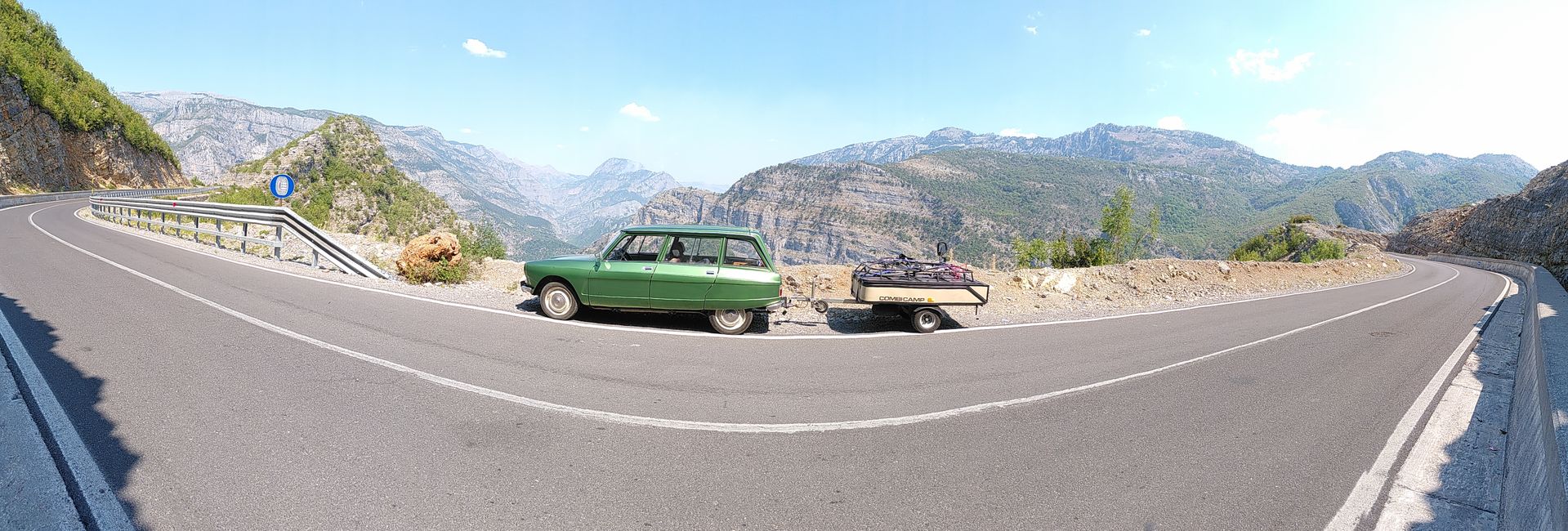
Informes de viaje Albania
